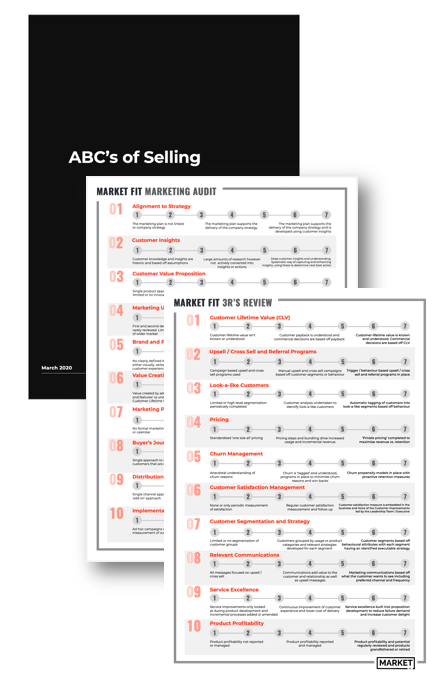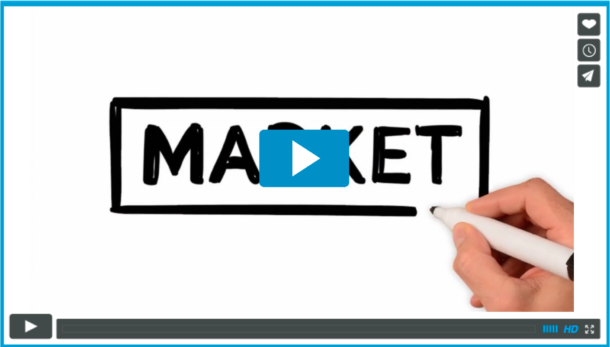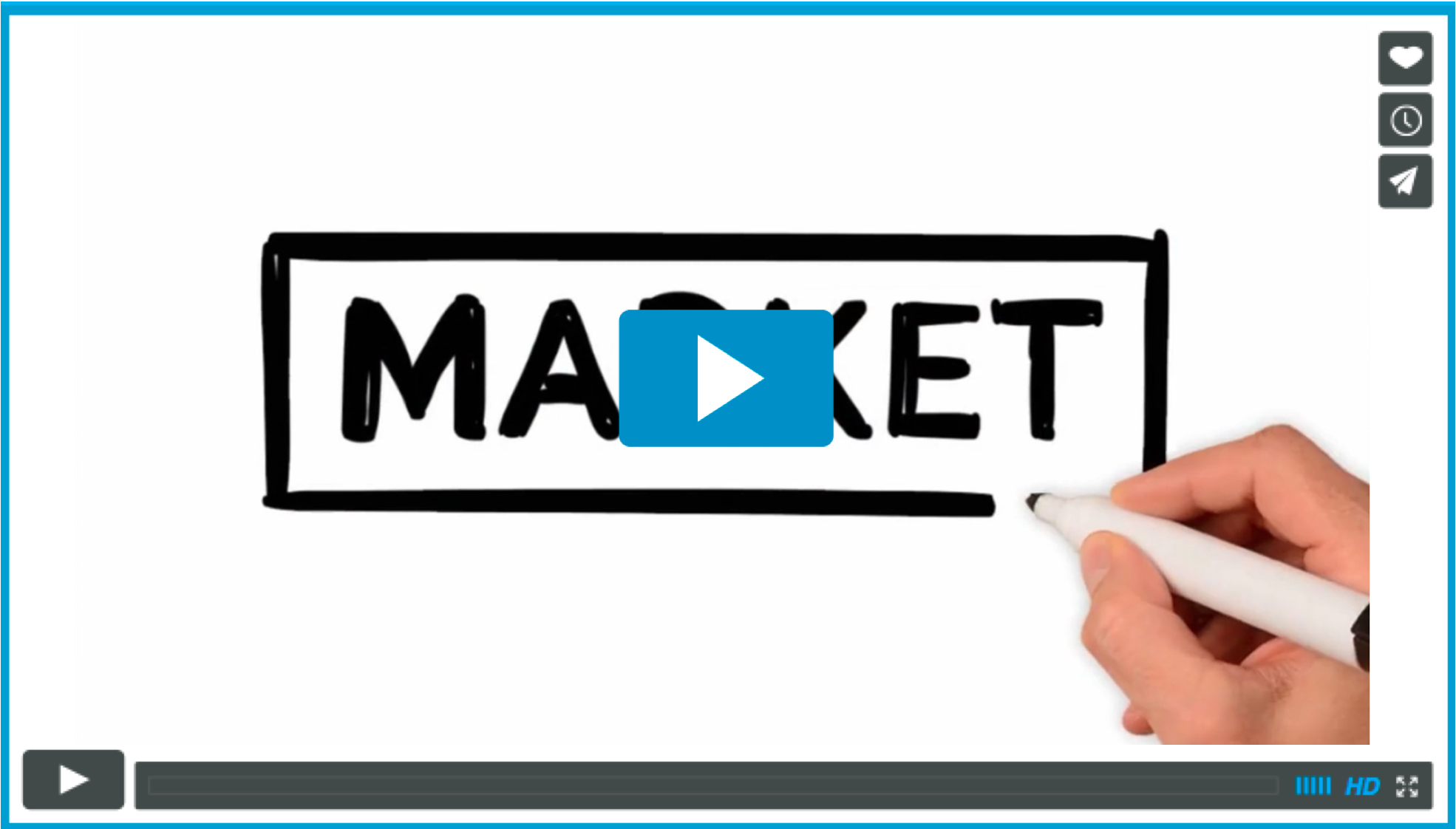A bit of a family tradition at the end of the holidays is I allow the girls to choose an activity topped off with a meal at a restaurant of their choice. This is how this week played out:
Me: Right girls, what do you want to do today – your choice: pools, beach, bike ride, movies, mini golf, you name it.
The Girls: Parnell Pools.
Me: Done, and now where should we have lunch, anywhere.
The Girls: McDonald’s.
Me: I said anywhere, sushi, pizza, better burger, fish and chips on the beach, anywhere.
The Girls: McDonald’s.
Me: Seriously I said anywhere, Wagamamas, Depot, anywhere, you name it.
The Girls: McDonald’s
So, McDonald’s it was.
What they didn’t realise is that they were in for a bit of a treat and not the McFlurry kind. Following on from last week’s post, I decided that while we were at McDonald’s I would give them a free lesson on bundling, because let’s face it, McDonalds is the master of bundling.
Let’s unpack the economics of the humble Big Mac Combo
The first thing to consider is why would McDonald’s want to create a bundle? Bearing in mind it was introduced in 1987 the answer is likely to be along these lines:
- Increase average customer purchase
- Increase margin
- Increase sales of high margined items (fries and coke)
- Create a perception of value in the consumer’s mind
So how does the bundle achieve this: (Sorry there are lots of numbers here but it is well worth working through the detail)
- Before introducing combos McDonalds would have had years of sales data enabling it to know exactly how many customers would have purchased either a Big Mac on their own (yielding $1.50 margin), a Big Mac and fries (yielding $3.80 of margin) or a Big Mac, fries and Coke (yielding $6.30 margin).
- This provides the vital piece of information about the potential revenue risk to McDonald’s arising from those customers currently paying full price and who would get a discount from the combo price.
- For every customer that would have paid full price for either a Big Mac and Fries or Big Mac, Fries and Coke, McDonald’s would be losing $0.30 and $2.80 margin respectively on the combos.
- However, the pricing team would have calculated that this would be offset by customers who would typically have purchased only a Big Mac and were upsold to the combo. For every one of these customers, there is another $2.00 in margin.
- Or put another way: How many customers do I need to upsell to offset the loss from the full paying customers that will automatically receive the discount when they purchase the combo. In this case it is somewhere between one and two customers. Easy right :).
- Once there is a commitment to a combo the following come into play: popcorn pricing, anchoring and upsell.
- When the customer has opted for a combo it is only another $0.80 to move from the medium to the large. Irresistible when you get 40% more fries and Coke. For McDonald’s, this is another $0.70 in margin
All going well, McDonald’s has moved the majority of customers from one Big Mac to a combo or large combo increasing both revenue and margin while giving the customer great value.
| Retail Cost | Margin* | Margin %* | |
| Big Mac | $6.00 | $1.50 | 25% |
| Medium Coke | $3.10 | $2.50 | 81% |
| Large Coke | $3.60 | $2.95 | 82% |
| Medium Fries | $3.30 | $2.30 | 70% |
| Large Fries | $3.80 | $2.75 | 72% |
| Big Mac + Fries | $9.30 | $3.80 | 41% |
| Big Mac + Fries + Coke | $12.40 | $6.30 | 51% |
| Medium Big Mac Combo | $9.60 | $3.50 | 36% |
| Large Big Mac Combo | $10.40 | $4.20 | 40% |
* For these examples, I have excluded the impact of GST
**These margins are estimates purely for illustrative purposes but we know the average gross margin of a McDonalds is ~40%
Here are some things to consider when looking to bundle the Big Mac way
- You will get some cannibalisation*** – ensure that the volume of upside in selling a bigger basket size offsets this
- The key question to ask is ‘does the margin I make from customers trading up offset the loss for those full price customers that now pay the bundle price.’
- Anchor the price on the most popular item or first purchase (Big Mac)
- You make money by including high-cost items that have a low marginal cost (Fries and Coke)
- Get the customer to trade up by giving, even more, value away on the larger size items (supersize on the high margin products)
- Make sure the customer knows the value of the components and the bundle. If they can’t put a value on it, they can’t determine how much you are giving them. With McDonald’s, all the items can be purchased individually.
- Make sure the customer knows what they are getting in their bundle – don’t overcomplicate the options. Keep it simple
I do hope the girls enjoyed the meal as much as I did.
KS
***In marketing strategy, cannibalisation refers to a reduction in sales volume, sales revenue, or market share of one product as a result of the introduction of a new product by the same producer.



